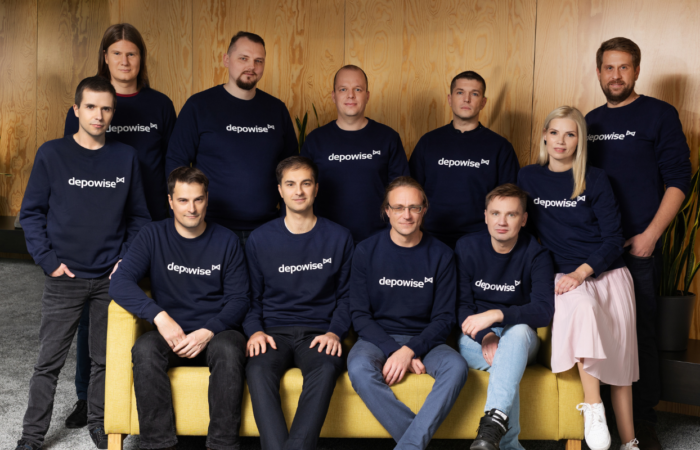Automation and lower costs: Assess the case & develop a plan
This is the first of three posts that we have written in order to give a detailed overview of how a depositary bank should approach automation and digitization of projects in order to reach AIFMD compliance. In this first post, we will discuss how a depositary bank should start with analysis.
When you’re finished, read the second part about choosing the right partner and the third and final part about developing, implementing and rolling out processes.
The aim of this overview is to introduce the first of 3 steps towards achieving AIFMD compliance through a future-proof IT solution.
But first – why should your depositary bank consider digitization?
The changing requirements for depositary banks call for automation. The new AIFM Directive has made significant changes in the regulatory environment of the alternative fund industry. The liability and risks to be monitored by the depositary have increased significantly. AIFMD compliance is a tricky thing. To protect the assets of the investors, depositary is responsible for three things – safekeeping of the investment portfolio, monitoring fund cash flows, and conducting oversight.
The complexity of regulatory requirements, the volume of new mandatory processes and the availability of new technologies provide a burden as well as opportunities for depositaries. There are two basic approaches to remain AIFMD compliant.
- Keep doing things the old way and face growing costs;
or
- Invest in IT systems, automate processes and thereby, lower costs.
For depositaries with focus on business growth and AIFMD compliance, we obviously recommend automation of processes and increasing the scalability of their business. A typical project of automation and digitization involves three steps. First of them is the following:
Assess the business case and develop a high-level implementation plan
1. Identify the key processes that need to be improved
Start by evaluating cash flow monitoring, subscription/redemption, and ownership verification processes. Identify the processes that can be automated with an IT solution. Prioritize the processes to be automated based on a cost-benefit analysis, which includes estimations of efforts required and return on investment.
We have experienced that for most depositaries, starting with cash flow monitoring is the easiest way to have early success and gain quick wins in the process. Compared to other processes, it involves only a few external dependencies and integrations and is standardized for automation. Automating manual spreadsheet processes usually leads to significant cost savings, reduced risks, and increased efficiency.
2. Determine and describe different asset types in your asset register
Alternative investment funds tend to invest in very different asset types in different jurisdictions and proper data setup is the key for any automation of register and safekeeping activities. Future-proof asset register requires identification of various asset types and description of their mandatory data fields.
At the same time, there should be a built-in functionality for fund specific data fields to be described case by case if needed. When starting the automation of activities, we recommend focusing on the assets of the highest volume and value in your fund portfolio. Start with two or three of them and add other types in the latter stages.
3. Identify other business processes and their counterparties
Make a list of other business processes to be automated. For each process you need to name the counterparties, data received or provided, data formats in use and integration methods available. With this information available, any system vendor will be able to provide you their estimates for automation.
4. Initiate Proof of Concept project
Next, you should ask for a Proof-of-Concept of the solution from a vendor. The vendor will show you mock-ups of the business processes with your data in use. Proof of concept project should provide you first results in a month or so. If you decide to custom-build your own proprietary solution, you should be prepared for a project that lasts significantly longer before receiving any actual results.
Interested in a proof of concept for Depowise? Request a demo and we’ll show you how it works.
Go or No Go
After this Step 1, you should be able to decide whether to move ahead or keep using existing solutions. At this point, depositaries with limited complexity and only a few funds may realize that certain changes in processes and existing solutions are sufficient.
To read about the second part of a project, continue to part 2: Choosing the right partner.





